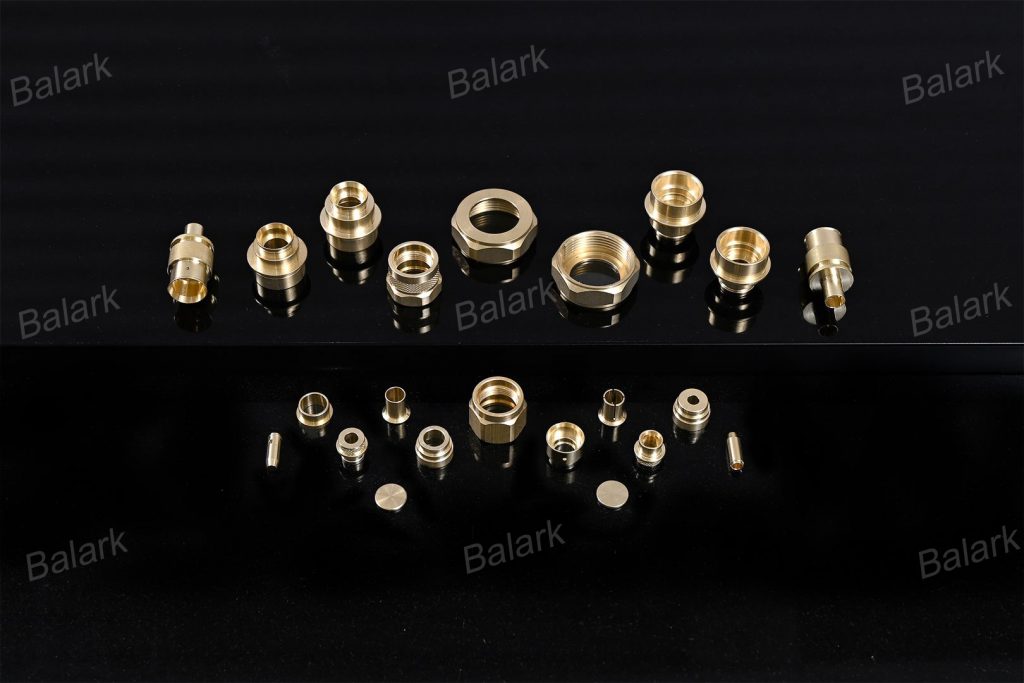Introduction:
R F connector Parts play a critical role in establishing reliable connections between electronic devices, such as radios, antennas, and televisions. They are essential components in the field of telecommunications, providing a pathway for high-frequency signals. In this blog post, we will delve into the world of RF connector parts, exploring their types, functions, and applications.
Understanding RF Connector Parts
R F connector are used to connect coaxial cables, which are commonly used for transmitting radio frequency signals. They consist of two main parts: the male plug and the female jack. The plug has a center pin that fits into a socket in the jack, establishing the electrical connection.
Types of RF Connector Parts
SMA Connectors:
SMA (SubMiniature version A) connectors are commonly used in applications where space is limited, such as in handheld devices and antennas. They have a screw-on coupling mechanism and are available in various sizes and configurations.
BNC Connectors:
BNC (Bayonet Neill-Concelman) connectors are popular in video and RF applications. They feature a bayonet coupling mechanism that allows for quick and secure connections. They are commonly used in CCTV cameras, oscilloscopes, and computer networking equipment.
N Connectors:
N connectors are designed for use in high-power applications, such as in radar systems and broadcast transmitters. They have a threaded coupling mechanism that provides a secure connection and minimizes signal loss.
TNC Connectors:
TNC (Threaded Neill-Concelman) connectors are similar to BNC connectors but feature a threaded coupling mechanism for added security. They are commonly used in wireless networking applications.
F Connectors:
F connectors are commonly used in television and cable systems. They have a screw-on coupling mechanism and are designed for use with coaxial cables.
Functions of RF Connector Parts
R F connector parts serve several important functions in electronic systems:
Signal Transmission:
RF connectors provide a pathway for high-frequency signals, ensuring that they are transmitted accurately and efficiently.
Signal Integrity:
RF connectors help maintain the integrity of the signal by minimizing signal loss and interference.
Mechanical Stability:
RF connectors provide a stable and secure connection between electronic devices, preventing signal disruption due to movement or vibration.
Compatibility:
RF connectors ensure that different electronic devices can be connected together, even if they are from different manufacturers or use different standards.
Applications of RF Connector Parts
RF connector parts are used in a wide range of applications, including:
Telecommunications:
RF connectors are used in telecommunication systems, including cell phones, radios, and satellite communications.
Broadcasting:
RF connectors are used in broadcasting equipment, including television and radio transmitters.
Military and Aerospace:
RF connectors are used in military and aerospace applications, including radar systems and communication equipment.
Medical:
RF connectors are used in medical devices, including MRI machines and ultrasound equipment.
R F Connector Parts FAQs:
What are RF connector parts used for?
RF connector parts are used to establish a reliable connection between electronic devices and coaxial cables, allowing for the transmission of radio frequency signals.
What types of RF connector parts are available?
There are several types of RF connector parts, including SMA, BNC, N-Type, TNC, and F-Type connectors, each with its own unique features and applications.
What is the difference between SMA and RP-SMA connectors?
SMA (SubMiniature version A) connectors have a male center pin, while RP-SMA (Reverse Polarity SMA) connectors have a female center receptacle. RP-SMA connectors are commonly used in WiFi and other wireless applications.
What are the key features to consider when choosing RF connector parts?
When choosing RF connector parts, consider factors such as the frequency range, impedance, connector type, and mounting style, to ensure compatibility with your application.
Are RF connector parts waterproof?
Some RF connector parts are waterproof, such as those with a waterproof rating of IP67 or higher. These connectors are designed for outdoor use and can withstand exposure to moisture and environmental elements.
Can RF connector parts be used for both analog and digital signals?
Yes, RF connector parts can be used for both analog and digital signals, depending on the specific requirements of the application.
What is the difference between male and female RF connectors?
Male RF connectors have a center pin that protrudes from the connector body, while female RF connectors have a center receptacle that accepts the male pin. Male connectors are typically used on cables, while female connectors are used on devices.
Conclusion
RF connector parts are essential components in the world of electronics, providing a reliable and efficient means of transmitting high-frequency signals. Understanding the different types, functions, and applications of RF connector parts can help you choose the right connectors for your electronic systems, ensuring optimal performance and reliability.

